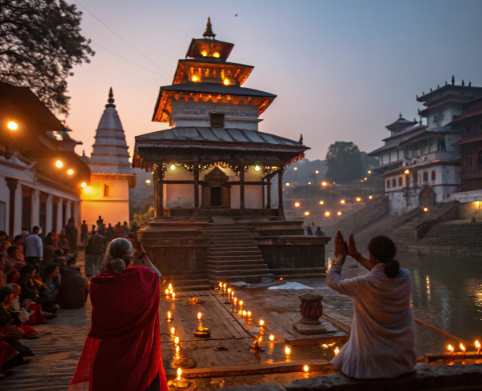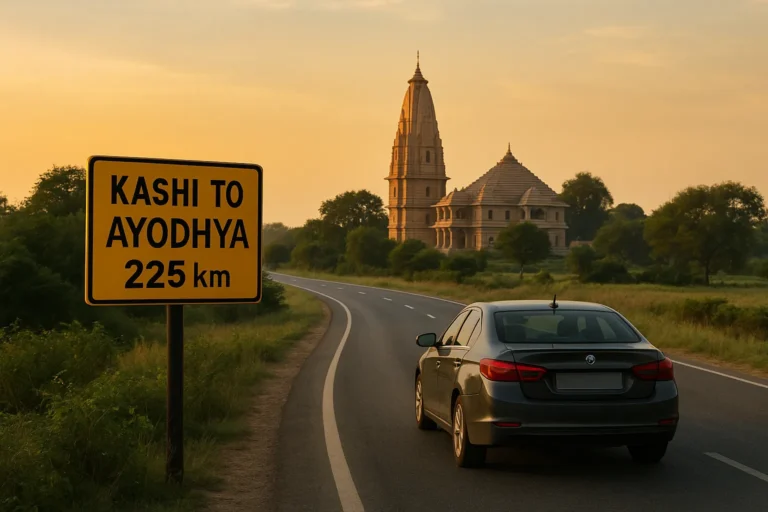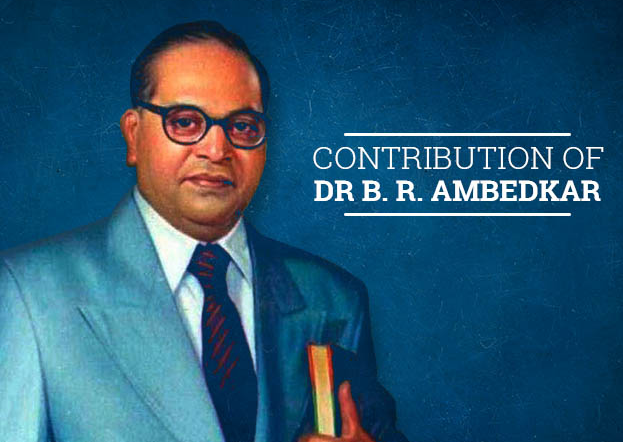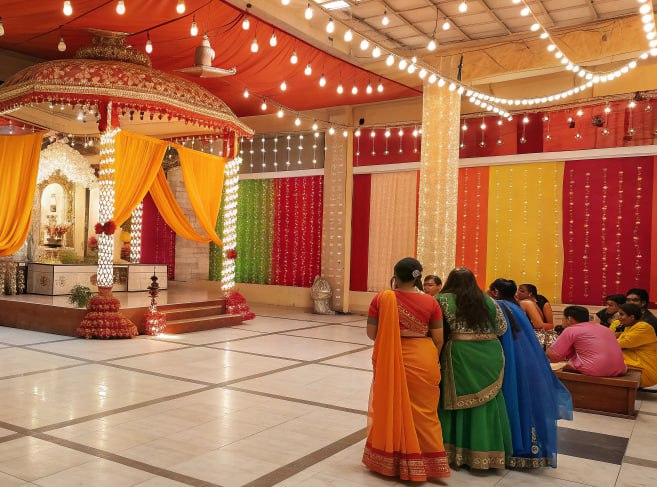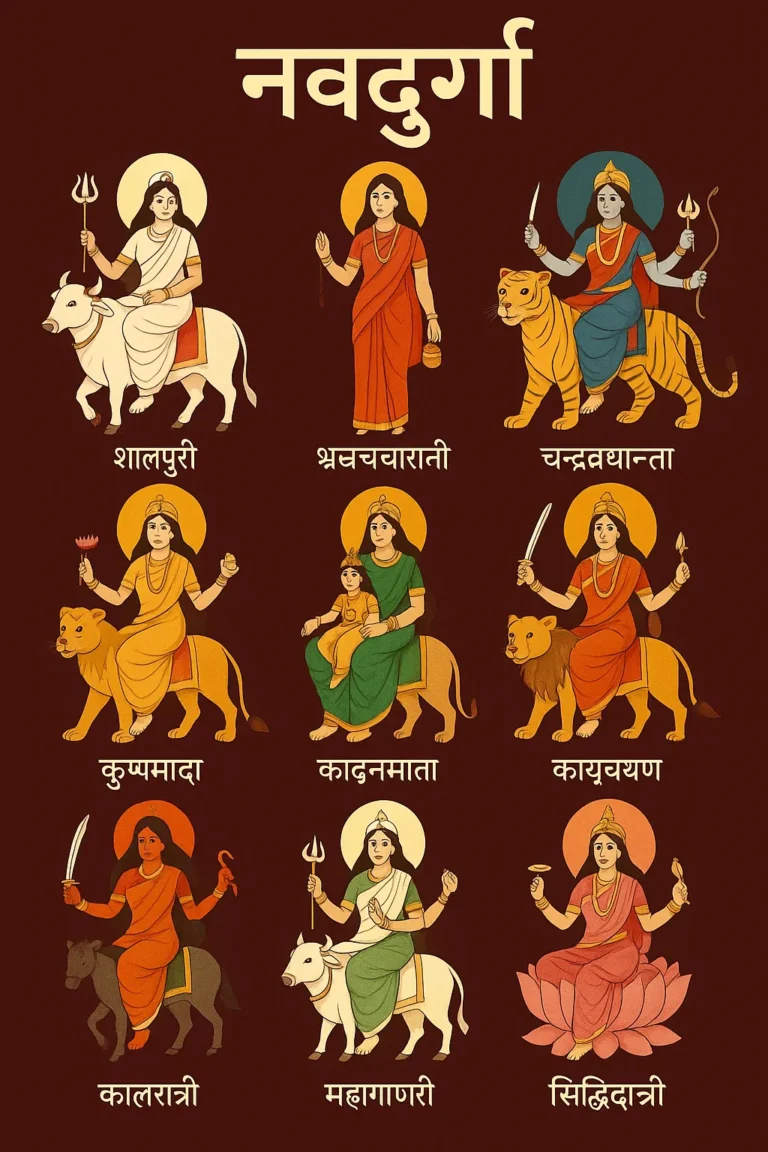Balkumari Temple and Ganga Aarti: Experiencing Rishikesh from Sunrise to Sunset
Rishikesh is often described as the spiritual capital of India — a city where rituals meet rivers and silence meets song. While many visit for yoga or adventure, few take the time to experience both sunrise and sunset as spiritual events. This guide focuses on two unique elements of Rishikesh’s daily rhythm: the quiet sunrise practice at Balkumari Temple and the vibrant evening Ganga Aarti ceremony on the banks of the Ganges.

These two experiences offer opposite yet complementary views into the soul of the city — one wrapped in stillness, the other in sound and devotion.
The Serenity of Balkumari Temple at Dawn
A Lesser-Known Gem with a View
Balkumari Temple in Rishikesh might not appear in popular travel guides, but for locals, yoga retreat participants, and spiritual seekers, it is a special place. Nestled near Kunjapuri Temple and within reach of Ram Jhula, this small pagoda-style shrine is often visited in the early morning — just before sunrise.
Retreat centers like Hariom Yogashala include morning walks to Balkumari Temple in their schedules. Participants gather around 5:30 AM to 6:00 AM, practicing yoga and silent meditation as the sun rises over the Ganges and the surrounding foothills.
It’s not just a ritual — it’s an encounter with a Rishikesh untouched by daytime activity. Before traffic, before temple bells, before chants fill the air, there’s only the sound of breath and wind.
Why Visit Balkumari at Sunrise
Here are a few reasons this temple is ideal for early risers:
- Atmosphere: The temple sits high enough to catch first light and offer panoramic views.
- Low foot traffic: Unlike major temples, Balkumari is usually quiet and meditative.
- Ideal for practice: Morning yoga, pranayama, or simply reflection fits naturally here.
Those who make the effort to reach Balkumari before dawn often say it’s the highlight of their Rishikesh visit. Not because of grandeur, but because of its simplicity and setting.
Ganga Aarti – Rishikesh’s Evening Ritual by the River
While sunrise invites silence, sunset in Rishikesh comes alive with sound, fire, and devotion. The Ganga Aarti is the most widely attended ritual in the city — a ceremony where fire offerings (aarti) are made to the sacred river Ganga as the sun disappears behind the western hills.
Main Aarti Locations
- Parmarth Niketan Ashram
The most iconic and organized version of the Ganga Aarti takes place here. Led by trained students and spiritual leaders, the aarti begins around sunset and features chants, fire rituals, and processions. The ceremony is visually rich and draws hundreds of attendees daily. - Triveni Ghat
Known for its powerful “Maha Aarti,” Triveni Ghat hosts one of the most atmospheric versions of the ritual. It begins with devotees taking a dip in the river, lighting diyas (small lamps), and releasing them into the current. As darkness falls, drums, bells, and singing create a mesmerizing experience. - Shatrughan Ghat
Less crowded than the previous two, this site offers a quieter, more intimate version of the aarti, often appreciated by solo travelers and those seeking a deeper experience.
Ganga Aarti Rishikesh Timing by Season
| Season | Approximate Start Time |
|---|---|
| Winter (Nov–Feb) | ~6:00 PM |
| Summer (Apr–Jul) | ~6:30 to 7:00 PM |
Note: The exact timing depends on the sunset, so arriving 30–60 minutes early is strongly recommended — especially during peak seasons and on weekends.
According to the official Instagram account @gangaaartirishikeshofficial, the current timing is set at 7:00 PM, but it varies by season and location.
Practical Tips for Experiencing Sunrise and Aarti
To fully experience both ends of Rishikesh’s spiritual spectrum in a single day, consider these practical suggestions:
What to Bring
- Comfortable, layered clothing (mornings can be chilly)
- A shawl or light blanket for sitting
- A water bottle and light snack
- Diyas (lamps) or flowers for Ganga Aarti participation
- Phone or camera for respectful photography
Arrival Recommendations
- Balkumari Temple: Arrive between 5:15 AM and 5:30 AM. You may walk or take a local rickshaw part of the way. The final ascent may involve a short uphill walk.
- Parmarth Niketan & Triveni Ghat: Plan to be there at least 45 minutes early, especially in high season. Ideal arrival: 5:15 PM to 6:15 PM, depending on the month.
These timings allow you to choose your spot, avoid crowds, and participate meaningfully.
Daily Rhythm of Sacred Sites – At a Glance
Here’s a comparison of sunrise and sunset timings at major spiritual spots in Rishikesh:
Table: Daily Timings at Key Spiritual Locations
| Location | Morning Visit | Evening Aarti Timing |
|---|---|---|
| Balkumari Temple | 5:30–6:00 AM | – |
| Parmarth Niketan | – | 6:00 PM (winter), 6:30–7:00 PM (summer) |
| Triveni Ghat | – | Same as above |
Why These Rituals Matter in Rishikesh

Rituals like the morning visit to Balkumari and the evening Aarti are more than traditions. They are daily frameworks that align body, mind, and spirit with natural cycles — sunrise and sunset.
In yoga philosophy, dawn is a time of sattva, or purity. It’s ideal for meditation and breathwork. Dusk, meanwhile, invites devotion and release — symbolized by letting go of the day’s concerns into the river through flame and prayer.
These practices also ground visitors in local time, culture, and meaning — a necessary counter to fast-paced tourism.
How to Reach These Sites
- Parmarth Niketan is centrally located, just 500 meters from Ram Jhula. Easily accessible by foot or local e-rickshaw.
- Triveni Ghat is about a 10-minute ride from Ram Jhula and walkable from many central hotels.
- Balkumari Temple is slightly more remote but can be reached via short taxi ride and brief hike.
Maps are helpful, but it’s even better to ask locals — many are happy to guide or recommend the best times to go.
Experiencing Both Rituals in One Day
If you’re planning a full spiritual day in Rishikesh, combining Balkumari Temple at sunrise and Ganga Aarti at sunset offers a balanced and immersive experience. Here’s how to structure it:
Sample Day Plan
- 5:00 AM – Wake up and prepare
Dress warmly, bring a bottle of water, and start your journey toward Balkumari Temple. - 5:30 AM – Sunrise at Balkumari
Practice yoga, meditate, or simply enjoy the stillness and sunrise over the Himalayan foothills. - 7:00–10:00 AM – Breakfast and exploration
Visit nearby ashrams, walk along Ram Jhula, or have breakfast at one of the Ganga-view cafés. - 12:00–3:00 PM – Rest and reflection
Avoid the midday heat and recharge for the evening ritual. - 4:30 PM – Head toward Parmarth Niketan or Triveni Ghat
Allow time for traffic or walking, and arrive early to secure a good spot. - 6:30–7:00 PM – Ganga Aarti
Participate respectfully. Lighting a diya and releasing it into the river can be a powerful personal ritual. - 7:30 PM onward – Quiet dinner and reflection
Many visitors end the day in silence or light discussion, letting the experiences settle in.
This plan allows you to experience both the inner focus of the morning and the collective devotion of the evening without rushing.
Differences Between the Two Experiences
Though both rooted in devotion, Balkumari Temple and Ganga Aarti differ significantly in mood, purpose, and format.
Comparing Balkumari Temple and Ganga Aarti
| Aspect | Balkumari Temple | Ganga Aarti (Parmarth/Triveni) |
|---|---|---|
| Time of Day | Early Morning (Sunrise) | Evening (Sunset) |
| Atmosphere | Quiet, introspective | Lively, communal |
| Activity Type | Meditation, yoga, silent prayer | Ritual chants, offerings, crowd singing |
| Participants | Yogis, spiritual tourists | Locals, pilgrims, tourists |
| Visual Focus | Sunlight over the hills and river | Fire rituals, diya lamps on the water |
| Accessibility | Small uphill walk | Centrally located, very accessible |
Understanding these contrasts helps visitors prepare emotionally and practically. Some prefer one experience over the other — others say both are essential to understanding the dual energy of Rishikesh.

